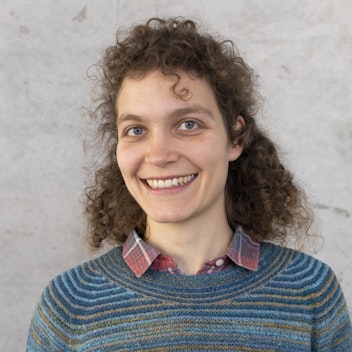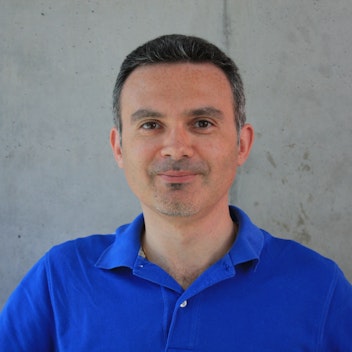Institute for Earth Observation - Mountain cryosphere
Mountain cryosphere
The Mountain Cryosphere Group is dedicated to pioneering methods for monitoring and understanding the mountain cryosphere. This involves exploiting data from optical and radar satellites with in-situ observations to improve snow and hydrological models. Our innovative methodologies, which incorporate advanced machine learning techniques, provide a deeper insight into critical cryosphere-related processes.
Snow dynamics
The Snow Dynamics Research Line is devoted to the exploration and development of innovative methodologies aimed at monitoring the snow evolution in mountainous regions. This involves using multitemporal optical and radar images as well as in situ data. Through this synergy, we are able to exploit state of the art snow models that effectively capture the spatial distribution and evolution of snow dynamics across complex terrains.
Glacier and permafrost dynamics
The focus of the Glacier and Permafrost Dynamics Research Line resides in the systematic exploration and improvement of innovative methodologies to monitor glacier and permafrost degradation in mountainous regions. This requires the definition of dedicated approaches able to exploit optical images, as well as the Synthetic Aperture Radar (SAR) interferometry.
Credit: stock.adobe.com | All rights reserved
Publications
The scientific publications of this research group are the following:
On the left is a snow-free surface. The satellite signal (red line) touches the ground and returns to the base following a linear path. Right: the snow deflects and interacts with the signal (blue line) which, in order to return to the satellite, takes a more complex route than it would have done had it not encountered the snow (dotted red line).Video: Eurac Research | Fabio Dalvit













